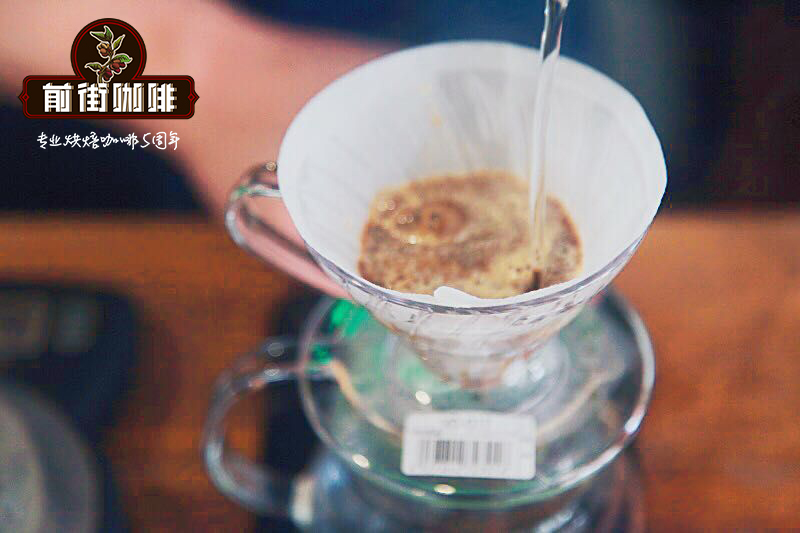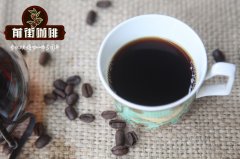The difference between Essex plus Chevy Sun-cured Coffee and Water-washed Coffee Flavor characteristics of washed Coffee beans in Hofsa Cooperative

Yirgacheffe is actually part of the Sidamo region of southern Ethiopia, but its exquisite washed coffee is so famous that it has been subdivided into its own micro-area. This steep green zone is both fertile and fertile-most coffees grow above 2000m. At first glance, the hills of Yirgacheffe may look like dense forests-but in fact it is a densely populated area dotted with homes and villages and people grow so-called "garden coffee". There are about 26 cooperatives in the area, representing about 43794 farmers and about 62004 hectares of garden coffee. The product is mainly washed with water, although there is also a small amount of Yirgacheffe produced by dry coffee. About 85% of Ethiopians still live in rural areas and depend on agriculture for a living. Each family usually lives in a mild home (usually a round mud shed) and cultivates on its own land, where they grow cash crops and food for their own consumption. In Yirgacheffe, coffee is one of the main cash crops, covering an area ranging from half a hectare to 1.5 hectares (the latter is considered a large area). It is usually grown with a second cash crop-usually a large-leaf tree used for roofs called "fake bananas" (which also provide shade for coffee). It looks like a banana tree, but it doesn't-but uses its stout stems to produce nutritious flour and batter, which are the main ingredients (especially in southern Ethiopia). Ethiopia has only one year's main harvest-usually in November and December in all growing areas of the country. During the harvest, there are an average of four passes, and the last one is used for sun-drying coffee in areas where both washing and sun-drying are produced. Then, the washed coffee is usually pulped on the same day it is picked (usually at night / night), divided into three grades by weight, heavy, medium and floating, fermented (at different times, usually between 16 and 48 hours), cleaned, and then usually re-graded in the cleaning channel. The beans are then dried on beds in Africa and are usually sorted by women by hand.
Important Notice :
前街咖啡 FrontStreet Coffee has moved to new addredd:
FrontStreet Coffee Address: 315,Donghua East Road,GuangZhou
Tel:020 38364473
- Prev

Estrella Divina Plan what is the result of the boutique planting plan of the Peruvian Coffee miniature Farm
Selected in a blind cup test competition, this miniature plot stands out among other well-known areas. The miniature land comes from Finca La Lima, a 1-hectare plantation managed by Edoardo Campos and located in the village of Rumpite, La Coipa district, San Ignacio province, Cahamaka region. This small plantation is located above 2000m above sea level.
- Next

Indonesian Coffee Vahana Manor long Bean introduces extremely sweet "alternative" Indonesian coffee
Origin: Indonesia: Sumatra Manor: Wahana Manor Wahana altitude: 1300m Variety: Longberry long seed (Dragon Fruit) production season: 2019 Bean treatment: sun Flavor: cantaloupe Cream Flavor smooth low Acid Vahana Manor introduction Wahana is a well-known water processing plant and Arabica raw bean exporter in Indonesia.
Related
- Detailed explanation of Jadeite planting Land in Panamanian Jadeite Manor introduction to the grading system of Jadeite competitive bidding, Red bid, Green bid and Rose Summer
- Story of Coffee planting in Brenka region of Costa Rica Stonehenge Manor anaerobic heavy honey treatment of flavor mouth
- What's on the barrel of Blue Mountain Coffee beans?
- Can American coffee also pull flowers? How to use hot American style to pull out a good-looking pattern?
- Can you make a cold extract with coffee beans? What is the right proportion for cold-extracted coffee formula?
- Indonesian PWN Gold Mandrine Coffee Origin Features Flavor How to Chong? Mandolin coffee is American.
- A brief introduction to the flavor characteristics of Brazilian yellow bourbon coffee beans
- What is the effect of different water quality on the flavor of cold-extracted coffee? What kind of water is best for brewing coffee?
- Why do you think of Rose Summer whenever you mention Panamanian coffee?
- Introduction to the characteristics of authentic blue mountain coffee bean producing areas? What is the CIB Coffee Authority in Jamaica?

